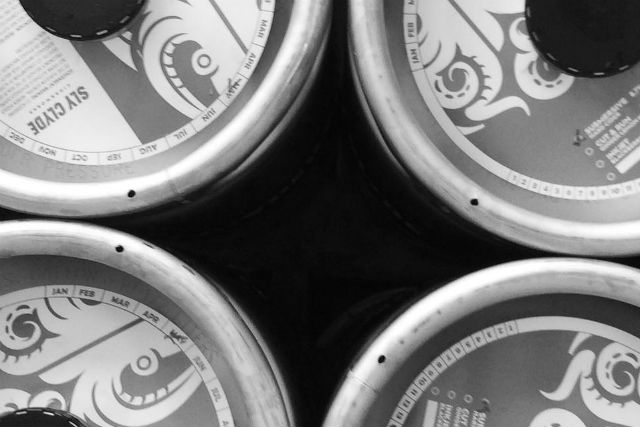
Plans change.
The building Tim Smith said that he and his team at Sly Clyde Cider chose for production ended up having structural problems and was torn down which was the first huge change.
“The result was delay in design and permits and loans,” said Smith, who is a managing partner for the Hampton, Virginia cidery, “[It’s] a building twice the size — which is never big enough — but is doing exactly what [it should].
“Beyond that permitting delays have been the only real change to the way the plan worked out.”
It’s just one of many headaches that can arise while building and planning the start of a cidery.
Cindy Landi of St. Vrain Cidery said she met with a friend who owns a brewery and they suggested to spend more time focusing on driving traffic into a taproom than on distribution.
“He said it’s what he would do,” Landi said, pointing out that the cidery is pulling back on distribution this year in order to drive more traffic for their products in the taproom.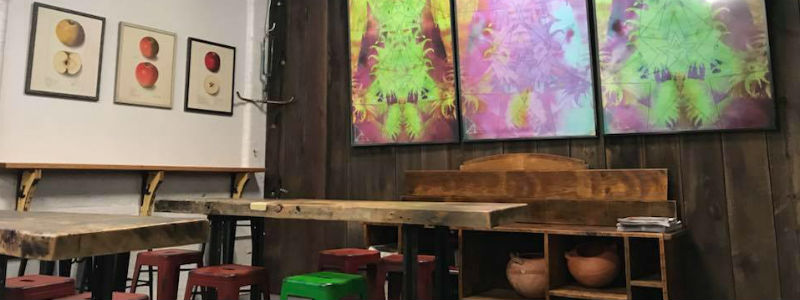
“We completely trust his opinion in this business since he’s where we hope to be in 15 years … maybe sooner.”
Landi said anyone is going to have a higher profit margin in their taproom versus wholesaling.
“We also make sure we had enough product available to start bottling and canning,” she said. “We still have about 10 selective and rotating accounts we distribute to, but we think about where they are and how they can help drive business into our taproom when we’re selecting them.”
Ronald Sansone, the owner and cider maker for Spoke and Spy Ciderworks said he worked on the business plan with a business at his local Chamber of Commerce.
“They helped us put it all together and map out some of our early goals and points along the way,” he said. “Initially I wasn’t too big on writing a plan since we were not seeking any outside investors but in the end all the time spent talking with the Chamber helped us with a lot of decisions while we were starting up.”
The Middletown, Connecticut cidery is currently only taproom sales but Sansone said he is looking to expand to self-distributed kegs locally.
“When we were working on our business plan we factored in the cost of a fleet of kegs to get into distribution, the bigger equipment needed to start making larger batches, the loss of markup when distributing, and so on and [we] decided that the taproom was a great way to start.”
Since Dressler Estate launched their cidery in a renovated 260-square foot garage, which they are using for production only. So, as of right now, they do not have a tasting room, so they compensate by doing lots of local festivals, farmer’s markets and meet-the-maker type events.
“These events give us the chance to have face-to-face exposure with the final customers which increases our product and brand awareness,” said Olga Dressler.
Her and her husband actually revisited their original plan. In terms of financials, they were very close to the plan in terms of startup costs and sales projections.
Significant changes included the shift from a shared production and tasting room space in a commercial environment to a production only space that they launched from their residence to reduce the initial capital investment.
“One of our core goals was to create a business that could replace both of of our jobs, and one day could provide for both of us financially,” Dressler said. “This is a long-term goal, which we have broken into several smaller pieces.
“At each phases of our growth we keep this end vision in mind, but we take the time to ‘feel out’ each new phase, as it is new territory and we haven’t done it before. Right now, we just hit our one year anniversary for sales and are on track to break even at the end of Year Two, so we’re incredibly pleased with our progress towards that goal.”



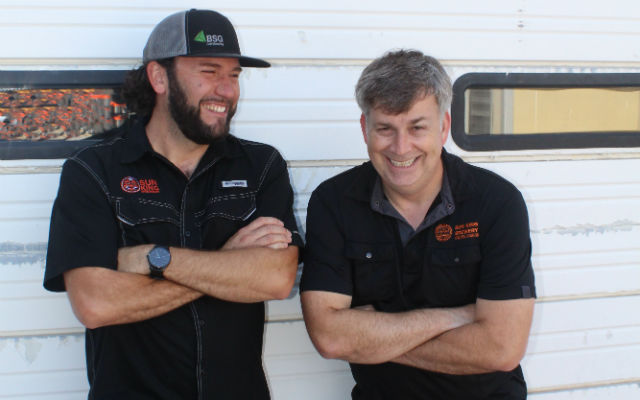
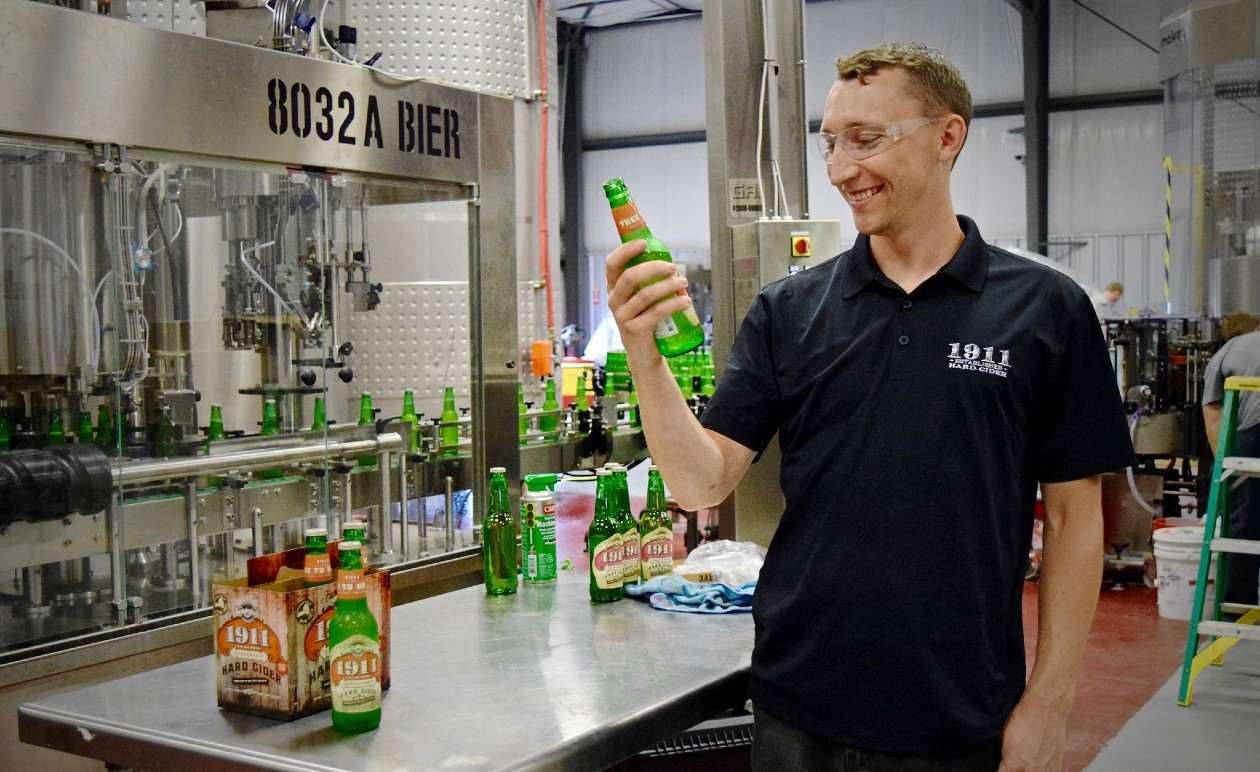
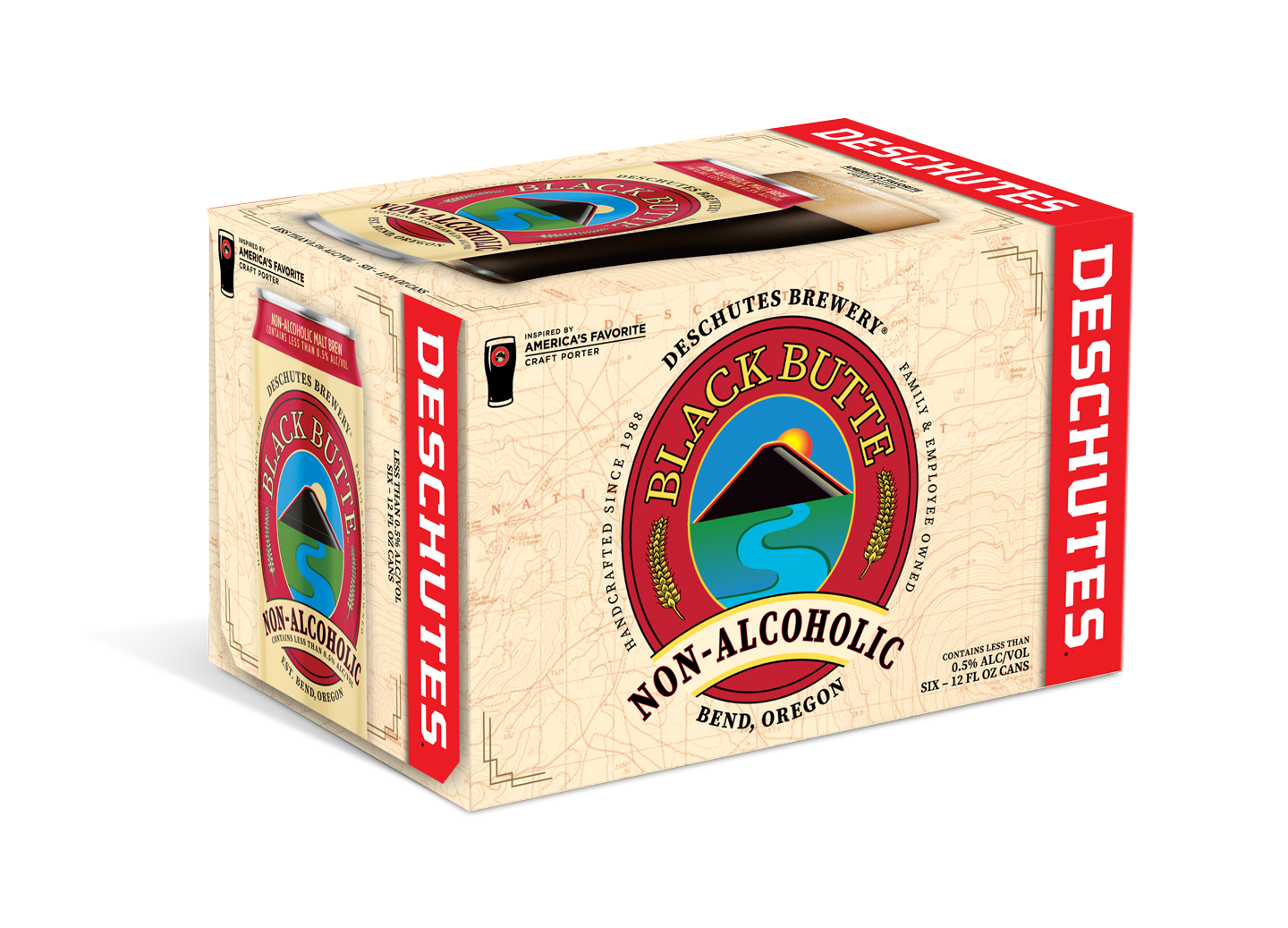
6 Trackbacks / Pingbacks